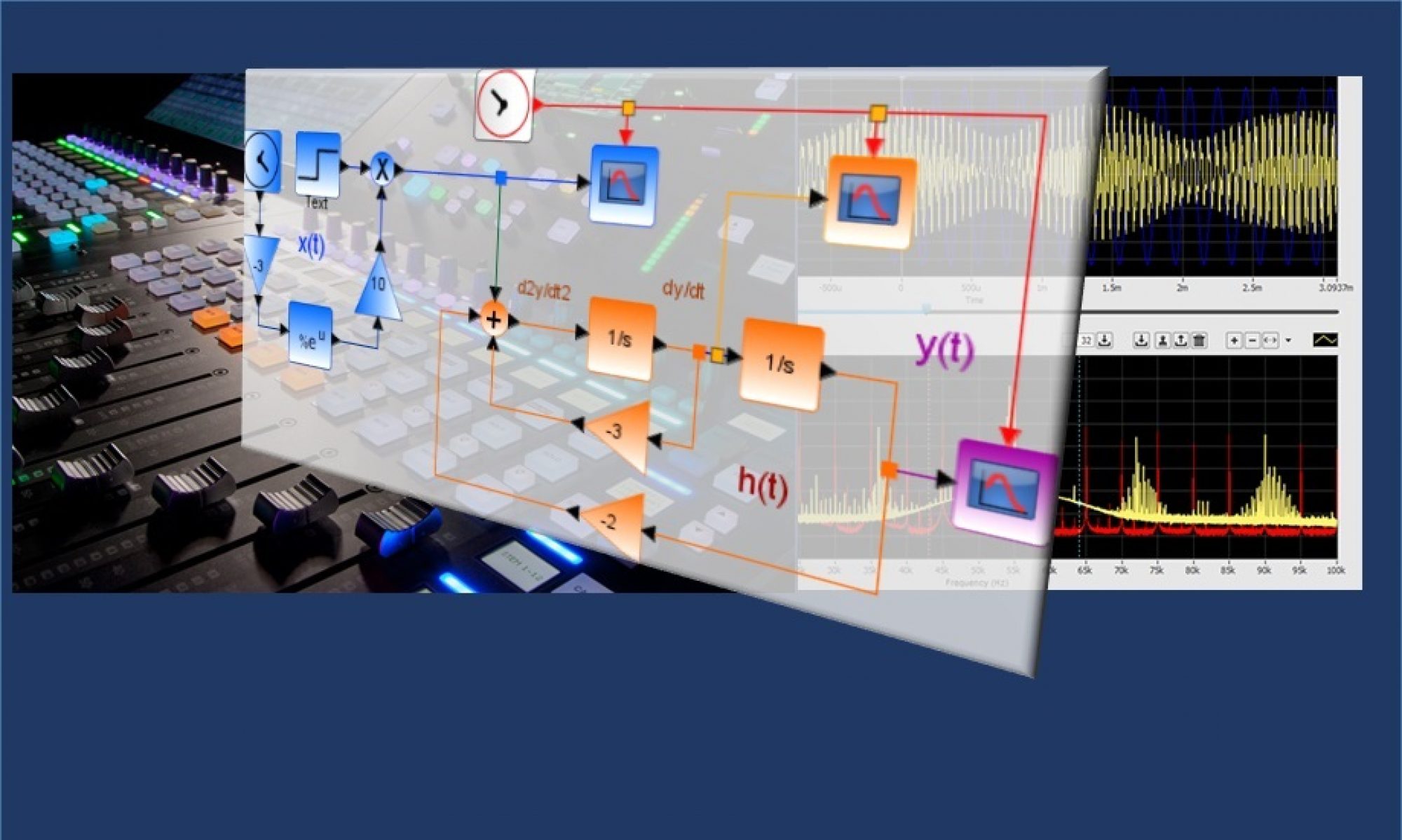Referencia: Lathi 2.4-1 p170, Hsu Schaum 2.2.D p57, Oppenheim 2.2 p90 pdf121
1, Conmutativa:
x(t) ⊗ h(t) = h(t) ⊗ x(t)
2. Asociativa
[x(t) ⊗ h1(t)] ⊗ h2(t) = x(t) ⊗ [h1(t) ⊗ h2(t)]
3. Distributiva
x(t) ⊗ [h1(t) + h2(t)] = x(t) ⊗ h1(t) + x(t) ⊗ h2(t)]
4. Desplazamiento
Si: x(t) ⊗ h(t) = c(t)
x1(t) ⊗ x2(t-T) = x1(t-T) ⊗ x2(t) = c(t-T)
x1(t-T1) ⊗ x2(t-T2) = c(t-T1 – T2)
5. Convolución con un impulso
x(t) ⊗ δ(t) = x(t)
6. Duración o ancho de señal
Si la duración (ancho) de x1(t) y x2(t) son finitas dads por T1 y T2, la duración de la convolución de x1(t) ⊗ x2(t) es T1 + T2

